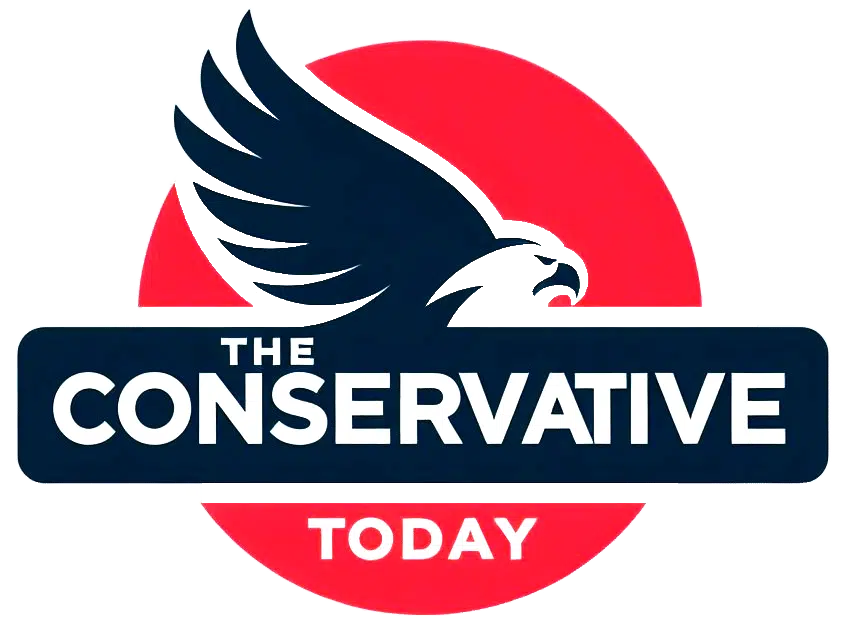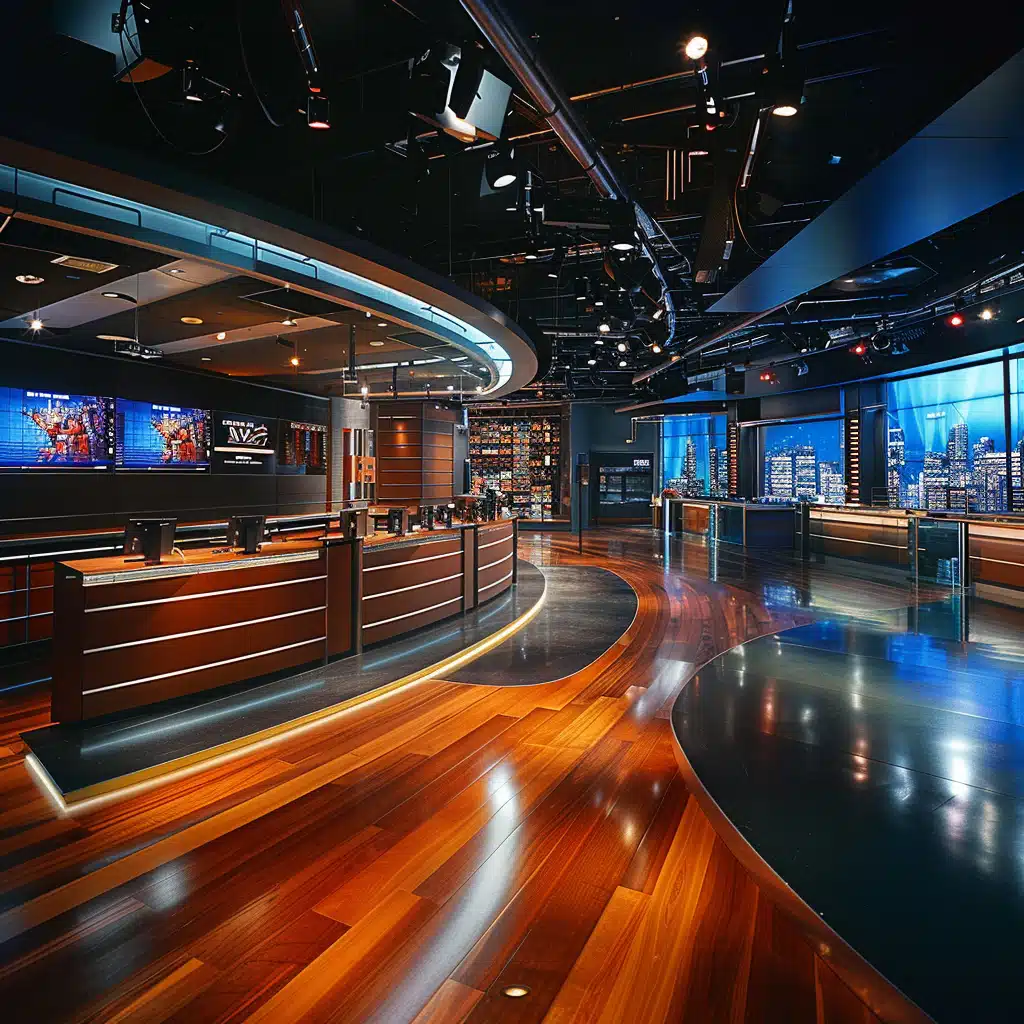The Rise of Disney’s ‘Woke’ Era: Shifting Cultural Paradigms
In recent years, the phrase ‘Disney woke’ has become synonymous with the entertainment giant’s pivot towards progressive social issues. This shift has ignited divergent opinions among audiences and critics. On one hand, Disney’s drive to embrace inclusivity and representation is championed as a long-overdue correction in the media’s portrayal of diverse communities. On the flip side, some view this as a concession to political correctness that risks alienating traditional audiences. The conservative base sees this ‘Disney woke’ transformation as a deviation from the values that made Disney a household name.
Disney’s Woke Partnership with Marvel: A Case Study
Disney’s collaboration with Marvel has been a cornerstone in advancing its woke agenda. Films like “Black Panther” and “Captain Marvel” have spotlighted strong, non-traditional heroes, promoting diversity and inclusion. “Black Panther,” in particular, turned into a cultural phenomenon, celebrating African heritage while addressing pertinent social issues like racial inequality and cultural appropriation. It grossed an impressive $1.3 billion worldwide, showing there’s a lucrative audience for this content.
Then, there’s the Disney+ series “Ms. Marvel” focusing on Kamala Khan, a Pakistani-American teenage superhero. This series breaks new ground in terms of ethnic and religious representation in mainstream media. Despite rave reviews from critics, some fans argue that this progressive shift deviates from the original comic book characters, altering their essence to pander to contemporary societal trends. They believe Disney’s ‘woke partnership’ with Marvel has re-shaped iconic characters to fit a politically correct mold.
| Aspect | Description/Action | Public Reaction | Company’s Stance/Response |
| Inclusion and Diversity | Disney has committed to increasing the representation of marginalized groups in its content. | Mixed reactions: some praise, others criticize as pandering. | Disney promotes it as a step towards equity and inclusiveness. |
| LGBTQ+ Representation | Introduction of openly LGBTQ+ characters in television shows and films. | Advocated by LGBTQ+ groups, opposed by conservatives. | Disney asserts it represents a broad audience. |
| Product Changes | Modifications in park attractions to remove racial and cultural insensitivities (e.g., Splash Mountain rebranding). | Well-received by progressives, seen as unnecessary by traditionalists. | Disney maintains changes are in line with contemporary values. |
| Content Warnings | Addition of disclaimers for outdated and insensitive depictions in classic films. | Mixed reactions: appreciated by some, critiqued as condescending by others. | Disney emphasizes the importance of historical context and education. |
| Corporate Policies | Implementation of diversity and sensitivity training for employees. | Viewed favorably by proponents of corporate responsibility; criticized as ‘political correctness’. | Asserted by Disney as essential for a modern workforce. |
| Activism and Donations | Financial and vocal support for social justice movements (e.g., Black Lives Matter). | Support from activist groups; backlash from conservative factions. | Disney aligns support with corporate values of fairness and equality. |
| Pricing | No direct price changes attributed to ‘woke’ practices, standard fluctuations as per market. | General public mixed, with some attributing higher prices to new practices. | Disney insists pricing is based on market conditions and product value. |
| Benefits | Inclusive content and workplace policies aimed at representing diverse audiences and fostering an inclusive environment. | Perceived benefits include broadened audience base and improved corporate image; downside concerns over alienation of conservative viewers. | Disney sees it as a strategy for long-term growth and relevance amidst evolving societal norms. |
Impact on Disney’s Monetization Strategy: Analyzing the Numbers
Despite ongoing controversies, Disney’s woke pivot has paid off financially. The successes of “Black Panther” and “Captain Marvel,” earning well over $1 billion each, signal a demographic craving representation. Disney+ boasts over 150 million subscribers as of early 2024, driven partly by its diverse content library. This structural change indicates the profitability of the woke strategy.
However, Disney’s bold casting choices haven’t been without backlash. For instance, casting a Black actress in the titular role of the live-action “The Little Mermaid” faced significant pushback. Critics claimed these choices were tokenistic, impacting traditional characters’ essence. However, the controversy didn’t translate to financial loss, as the movie’s revenue remained robust.
Backlash from Conservative Circles: Cultural Resistance
Conservative critics, including figures like Ben Shapiro and organizations like the Parent Television Council, have been particularly vocal about Disney’s woke transformation. They argue that an over-emphasis on inclusivity and political correctness undermines traditional values and disrupts the nostalgia associated with classic Disney content.
Prominent conservative voices contend that Disney’s rapid shift is alienating its original audience. They urge Disney to stick to timeless storytelling and family-friendly themes that previously drove its success. The cultural resistance hints at a broader societal concern that traditional narratives are being sidelined by the woke agenda.
Comparative Analysis: Disney vs. Competitors
When comparing Disney with its competitors, similar attempts at pursuing woke strategies can be seen, but with varying success. Netflix, for example, invested heavily in diverse content like “Sex Education” and “Bridgerton,” both breaking viewership records. Yet, Netflix faced significant backlash over controversial content like “Cuties,” accused of sexualizing children. This illustrates the risks involved in aggressively promoting a woke agenda.
Warner Bros has also waded into diverse territory with its DCEU films featuring characters like Wonder Woman and rumor of a Black Superman for an upcoming reboot. However, Disney’s effective combination of woke narratives and commercial viability keeps it at the pinnacle of the industry. Despite these risks, Disney remains a powerhouse, balancing progressive themes with financial success.
Public Sentiment: The Numbers Speak
Public opinion on Disney’s woke initiatives is notably split. A 2023 Pew Research Center survey revealed that 52% of Americans support Disney’s push for inclusivity, whereas 38% feel it risks overstepping boundaries. Interestingly, younger audiences under 35 predominantly approve of Disney’s woke new direction, while older demographics show less enthusiasm.
Social media further highlights these divides. Platforms like Twitter and TikTok are abuzz with discussions, as trending hashtags reflect polarized views. The Disney+ series “Proud Family: Louder and Prouder” serves as a vivid example—admired by some for its socially relevant themes yet criticized by others for alleged over-politicization.
The Future of Disney’s Woke Agenda
As Disney ventures forward in a constantly evolving entertainment industry, it seems committed to increased representation and progressive themes. Upcoming projects like “Wish,” featuring an Afro-Latinx princess, and “Guardians of the Galaxy Vol. 4” with greater LGBTQ representation, emphasize Disney’s continued dedication to inclusivity.
This bold trajectory signifies a calculated risk—Disney strives to foster a more inclusive media landscape while contending with financial and cultural backlash. Time will tell if this strategy will shield Disney from rising criticisms or leave it vulnerable. Nonetheless, it reflects broader societal shifts, making Disney’s path an evolving narrative worth watching.
Looking Ahead
As Disney reframes its storytelling to mirror a changing society, the debate over its woke direction signifies a critical juncture in media and societal values. The outcome will not just shape Disney’s future but also set precedents for the entire entertainment industry. Whether seen as a necessary adaptation or an unwanted diversion, Disney’s woke journey is undeniably a remarkable phenomenon highlighting the changing fabric of our cultural ethos.
In conclusion, Disney is at a tipping point, balancing progressive narratives with longstanding traditions. As audiences and critics continue to engage with its content, Disney’s ‘woke’ era is shaping up to be a defining chapter in entertainment history. For those staunchly defending conservative values, understanding this shift is crucial. So grab your camo hat, prepare for the cultural battle, and let the spirited discussions begin!
Disney Woke Controversy: Cultural Shifts
Disney’s recent wave of social awareness, often dubbed the “Disney Woke” movement, sparks both heated debates and curiosity. No matter where you stand, there are some fun facts and trivia worth exploring. Transitioning Disney’s narrative to one of diversity and inclusion—whilst certainly stirring controversy—also has some interesting background.
Unexpected Influences
Did you know that Disney’s evolution toward modern cultural relevance didn’t happen overnight? It’s been a gradual shift, mirroring broader societal changes. For instance, consider the impact of unexpected sources on mainstream culture, like how the success of the Grinch costume For a dog popularized by pet lovers nudged Disney to rethink animal characters’ roles in promoting kindness and understanding. Similarly, influencers like sportspersons have played a pivotal role in shaping Disney’s social strategies much like how fans follow Nfl power Rankings week 9 2024 to stay updated on their favorite teams.
Headlining the Shift
Disney’s commitment to diversity hit the headlines when they introduced characters that reflect a rich tapestry of cultures and identities. While seemingly straightforward, these shifts didn’t come without their set of challenges. Controversies reminiscent of an inmate escape story where there’s a flurry of activity and differing opinions ensued. The classic argument often posed is whether these new storylines deviate too far from traditional narratives. This conversation is as alive today as it was yesterday.
Lesser-Known Contexts
But context is crucial. Historical references, trends in global storytelling, and seemingly unrelated events like the mass overdose Graham correctional center incident also impact public sentiment, indirectly influencing media approaches, including Disney’s. The understanding is that entertainment must reflect real-life complexities (pun intended) and idiosyncrasies to stay relevant.
Disney’s “woke” stance is another chapter in their long history of evolving narratives and inclusivity, much like how society’s view on land ownership has changed over time, with tools such as What Is quit claim deed reflecting evolving legal thought.
Financial Underpinnings
Finally, it’s not just about ethics and representation; there’s a financial calculus too. The internal rate Of return on investments in more inclusive and diverse storytelling is something Disney can’t ignore. As viewership numbers grow and audiences diversify, so does Disney’s repertoire, making their “woke” push both a moral and a profitable venture.
By understanding these facets, readers gain a nuanced view of why Disney takes these culturally brave steps that are entwined deeply with our modern zeitgeist.
Disney’s “woke” journey reflects broader societal debates and changes, painting a vivid portrait of our collective march towards inclusivity. Whether you agree or disagree, you can’t deny it’s got people talking. And isn’t that what good storytelling is all about?






























